I'm designing a sensor system where each sensor communicates via RS485 MODBUS in a high-density environment. Each line consists of 18 sensors which then goes to a gateway (Elfin EE11) that converts RS485 into ethernet which then goes into a server. Each line has a maximum distance of 30m from the last sensor to the gateway. Each slave uses a RS485 to TTL module to communicate with a MCU. Each slave operates at 5V and consumes up to 1A.
Cable Selection
I intent to use the same cable to provide power to each sensor. This cable will also be running parallel to some power cables that are carrying 240VAC 30A. My current selection is to go with CAT5e cables that will carry 48V similar to a PoE system. Due to the power cables running in parallel, should I use STP cables instead of UTP? If I were to use STP, how do I ground the cable properly?
Cable Wiring
The standard CAT5e cable has 4 twisted pairs in it. I intend to use 2 twisted pairs for power. Another twisted pair to RS485 A and B respectively and the other as a spare. Is there anything wrong with this wiring? Do I need to put a termination resistor on each sensor device?Any help will be much appreciated. Thank you in advance.


